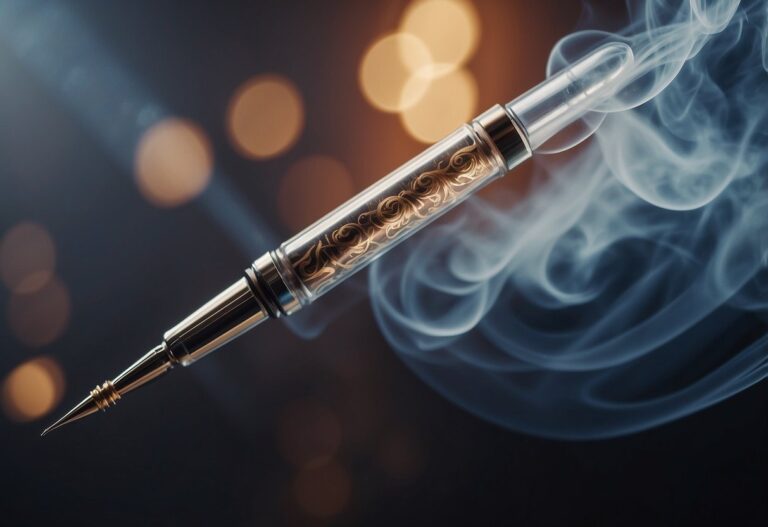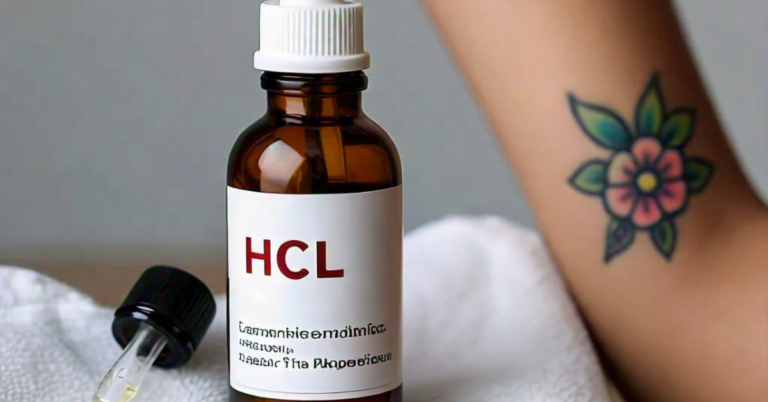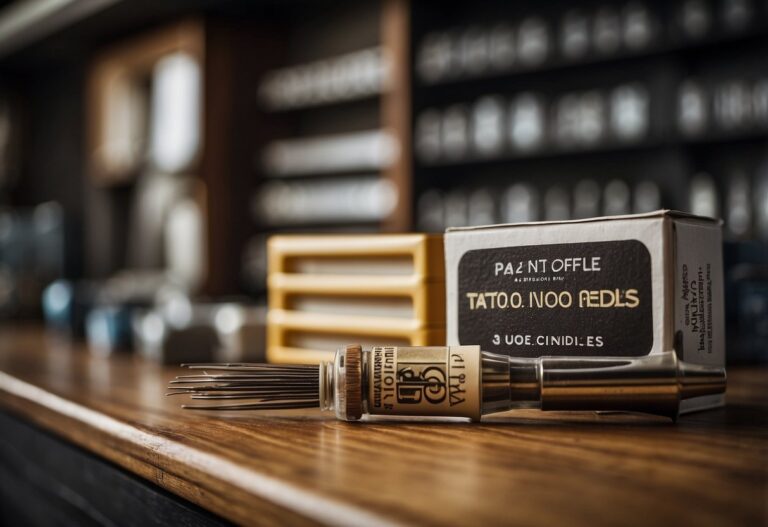Will Gabapentin Help with Tattoo Pain: What You Need to Know
Thinking about getting a tattoo but worried about the pain? You’re not alone. Many people wonder if there’s a way to make the experience less uncomfortable. Some even ask, “Will gabapentin help with tattoo pain?” The short answer is that gabapentin can help reduce nerve pain, but it might not completely eliminate tattoo pain.
Gabapentin is an anticonvulsant medication often used to manage nerve pain. Some people have reported that it dulls the pain of getting a tattoo. Yet, it’s essential to remember that pain relief can vary from person to person. Always consult with your doctor before taking any medication for pain relief during a tattoo session.
For those considering other options, keep in mind that many over-the-counter painkillers can thin your blood and cause more bleeding while getting tattooed. So, it’s crucial to discuss these choices with your tattoo artist beforehand to ensure you’re making a safe decision.
Key Takeaways
- Gabapentin can reduce nerve pain but may not totally eliminate tattoo pain.
- Always talk to your doctor before using gabapentin for tattoo pain relief.
- Be cautious with over-the-counter painkillers as they can increase bleeding during tattooing.
Understanding Tattoo Pain and Gabapentin
When getting a tattoo, you might be facing some pain and wondering if Gabapentin can offer relief. Let’s explore how tattoos cause pain, what Gabapentin is, and compare it to other pain management options.
The Science Behind Tattoo Pain
Tattoo pain happens because a needle repeatedly pierces your skin to deposit ink. This process hits your nerves, causing discomfort. Areas with less flesh, like the shin or feet, may hurt more due to bone proximity.
Your brain processes this pain differently based on your pain tolerance. The pain might feel like a constant scratching or burning sensation. Staying hydrated and having a good pain tolerance can help reduce the intensity.
Gabapentin Explained
Gabapentin is a medication primarily used for seizures and nerve pain. It’s an anticonvulsant that can alter the way your brain senses pain. Some people take it for anxiety as well.
Gabapentin isn’t a traditional painkiller. Its side effects may include dry mouth, mood changes, or allergic reactions. Discuss with your healthcare provider before taking it, especially for something non-medical like a tattoo. It could help with the anxiety and potentially lessen the pain.
Comparing Pain Management Options
There are several ways to manage tattoo pain. Numbing creams are popular and directly target the skin area. Unlike Gabapentin, they might have fewer side effects and are applied externally.
Over-the-counter pain relievers like ibuprofen can also help. Unlike Gabapentin, they target general pain rather than nerve-specific pain. Hydration and a good meal before the session are simple yet effective.
Gabapentin might be considered if you have a low pain tolerance or existing nerve pain issues. However, it’s essential to evaluate if its benefits outweigh the side effects and consult your healthcare provider.
In summary, the choice of pain management should depend on your pain tolerance, the area of the tattoo, and your overall health.
Practical Tips for Managing Tattoo Pain
Getting a tattoo can be an exciting experience, but managing pain is a big concern for many. These tips will help you minimize discomfort before, during, and after getting inked.
Before Getting Tattooed
Hydrate: Drink plenty of water. Hydrated skin is more pliable, which can make the process less painful.
Sleep Well: A good night’s sleep helps your body tolerate pain better. Be sure to rest up.
Avoid Alcohol and Caffeine: These substances can thin your blood, which may increase pain and bleeding.
Consult Your Healthcare Provider: If you’re considering taking any medications, talk to your healthcare provider first. This includes pain management options like ibuprofen or acetaminophen.
Eat a Full Meal: Tattooing on an empty stomach can make you feel dizzy. Eat a balanced meal with protein and fat before your session.
Dress Comfortably: Wear loose, comfortable clothing that gives your artist easy access to the tattoo area.
During the Tattooing Process
Deep Breathing and Meditation: These techniques can help you stay calm and manage pain. Practice deep breaths in through your nose, holding for a few seconds, and slowly exhaling.
Distraction Techniques: Bring headphones to listen to music or a podcast. Engaging your mind can keep you distracted from the pain.
Talk to Your Tattoo Artist: Discuss your pain tolerance and see if they have any additional tips. They are experts in keeping clients comfortable.
Numbing Creams: Topical numbing creams can reduce pain. Look for products with lidocaine and apply according to directions. Always check with your artist first.
Communicate: If the pain becomes too much, don’t hesitate to ask for short breaks. Most tattoo artists are understanding and will accommodate your needs.
Aftercare and Healing
Follow Aftercare Instructions: Proper aftercare is crucial. Clean your tattoo as recommended and apply any prescribed ointments.
Over-the-Counter Pain Relievers: Medications such as ibuprofen or acetaminophen can help manage pain after your session. Always follow dosage instructions.
Avoid Tight Clothing: Loose clothing will prevent irritation and allow your tattoo to heal properly.
Stay Hydrated and Eat Well: Continue drinking plenty of water and eating balanced meals. Proper nutrition supports the healing process.
Avoid Picking or Scratching: Let your tattoo heal naturally. Picking at it can cause scarring and infection.
Monitor for Reactions: If you notice signs of infection like excessive redness, swelling, or unusual pain, contact your healthcare provider immediately.
By following these tips, you’ll make your tattoo experience as comfortable as possible and ensure your new ink heals beautifully.







